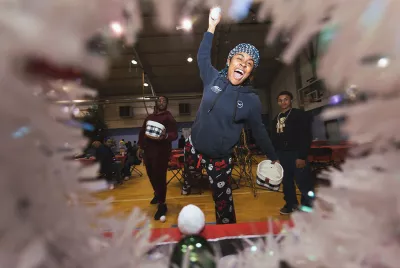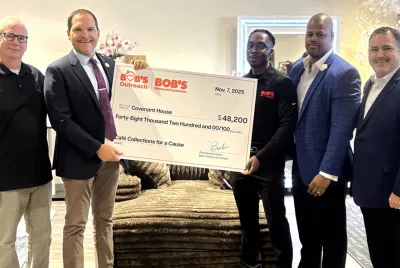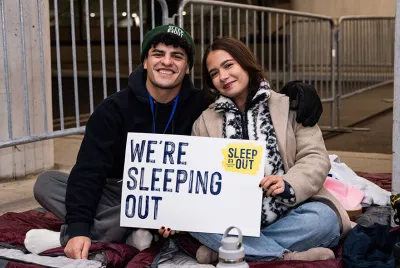Listening and Learning from Our Youth in Latin America
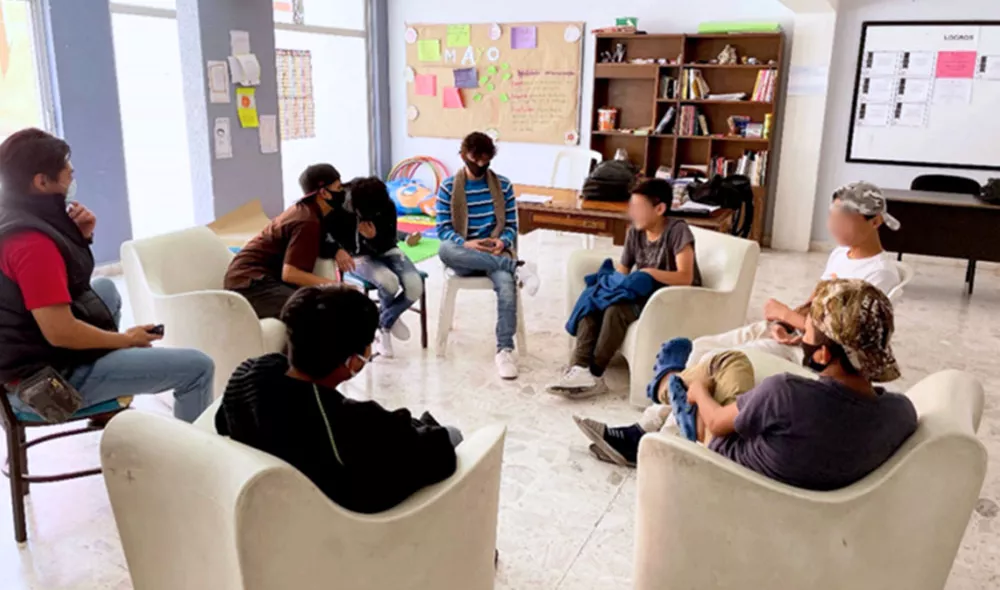
Throughout our more than 50 years serving young people facing homelessness, trafficking, and violence, Covenant House has adapted our programs and services to best meet the needs of the young people in our care. The voices of our youth have always been central to that process; including at our Latin America houses, where our youngest residents, just 12 to 18 years old, live. In recent interviews with current and former residents of our houses in Guatemala, Honduras, and Mexico, our youth offered us important insights about how they are transforming their lives with our support. Mónica Llaguno, author of the piece that follows, is vice president of research, evaluation, and learning at Covenant House International, our central entity.
Key Takeaways
- Youth in our care in Latin America say they are growing and changing.
- They tell us that at Covenant House they feel safe from harm and to be themselves.
- Youth are reclaiming their dreams at Covenant House and putting them in motion.
- They are honing skills, discovering passions, and envisioning an independent future.
- Former Covenant House residents are positively impacting their communities.
At Covenant House, we believe that learning begins with listening. That is why our Covenant House International research, evaluation and learning team partnered with the monitoring and evaluation teams in Guatemala, Honduras, and Mexico to conduct in-depth interviews with 27 current or former residents of our programs.
Our goal was simple yet powerful: Understand, in our youths’ own words, how our work has influenced their lives.
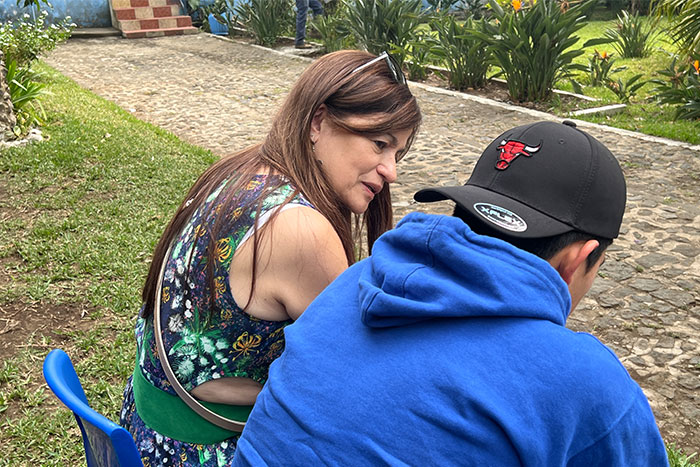
These interviews were not typical. We used the Most Significant Change qualitative evaluation method that collects personal stories of change and then identifies the ones that best reflect meaningful impact. This approach puts young people at the center of the conversation and helps us understand, directly from them, which changes in their lives they value most and why.
We asked open-ended questions about their experiences, dreams, and the changes they have made while at Covenant House. Then, with the help of psychologists, program staff, and evaluation teams, we identified stories that showed deep, meaningful transformation.
Here is what we learned.
1. Young people are transforming, inside and out.
From the very first stories we heard, one theme was clear: young people are changing under our care. Thanks to the holistic support, guidance, and compassionate attention provided by Covenant House Guatemala, Covenant House Honduras, and Covenant House Mexico, many young people spoke of overcoming fear, building confidence, and learning how to connect with others in healthy ways.
One young woman shared how support from psychologists and workshops helped her learn emotional regulation techniques. Others talked about finally feeling safe enough to express their emotions, build friendships, and even reconcile with family members.
“I came in feeling like a stranger to myself,” one youth said, “but I left knowing who I am and who I want to be.”
2. Safety is not just physical; it is emotional, too.
Every young person we spoke to said the same thing: they finally felt safe. After enduring trauma, violence, or instability, having a secure place to sleep was only the beginning. Just as important was being accepted, respected, and understood.
One young woman described how Covenant House became a refuge from the dangers of her community, where she had been forcefully recruited by an organized crime group. Today, she is not only safe; she is a youth leader advocating for others. Another young person shared the relief of openly expressing his sexual orientation without fear of rejection. “Here,” he said, “I can just be me.”
3. Dreams are not only alive; they’re getting organized.
Through mentorship, individualized life plans, and practical support like scholarships, youth are learning to dream and plan. Many talked about setting long-term goals: finishing high school, becoming writers, starting businesses, or giving back to their communities. A young woman said reading and writing became her refuge, and inspiration. “That is when I started to dream,” she told us.
Now, she wants to be a writer and is already working on poems and stories. With structure and encouragement, young people are not only imagining better futures; they are also building them.
4. Learning is more than school; it is preparation for life.
Beyond the classroom, youth are gaining vocational skills and work experience that help them prepare for independent adulthood. Carpentry, cooking, and art workshops have sparked passions and created career paths that were not previously available. One young man said these opportunities changed how he thinks about life.
“I think more positively now,” he shared. “I have goals. I know where I’m going.”
These programs offer more than technical skills; they build purpose, motivation, and hope.
5. The ripple effect reaches families and communities.
The positive impact of Covenant House programs and support does not end with the young people themselves. Many talked about how their own transformation helped them rebuild family ties, become role models, and even support their siblings’ education. Some now lead workshops on human rights, and others advocate for children’s protection in their communities.
This feedback confirmed what we have always believed: When you support one young person, you start a ripple effect. Youth carry that positive change into their families, neighborhoods, and, ultimately, into the world.
Why All This Matters
These stories are not just about numbers or program goals; they are about healing, courage, and possibility. They remind us that when young people are truly seen and supported, they do more than heal. They grow, lead, and inspire others.
At Covenant House in Latin America and across our federation, we are committed to listening and learning directly from the youth we serve. Their voices guide our work and show us what a better future can look like.
Here are two actions you can take today to help support the young people at Covenant House in Latin America.
- Donate: the most immediate and impactful way to support our work in Latin America.
- Stay connected: Sign up to receive email or SMS alerts so you can be the first to hear about updates and ways you can help youth in our care.
No matter how you get involved, we appreciate your support in this work.
FAQs About Covenant House in Latin America
How long has Covenant House worked in Latin America?
Covenant House has been present in Latin America and Mexico since 1981. After opening our flagship site in New York City, the very next shelter we opened was in Guatemala City.
Where do you work today in Latin America?
Today, Covenant House works in six cities in three countries in Latin America. Those three countries are Guatemala (established 1981), Honduras (1987), and Mexico (1988).
How is Covenant House’s work in Latin America different from that in the U.S.?
The youth we serve there are much younger than in our U.S. programs. They’re just 12 to 18 years old, with a few even younger. So, family reintegration is a core program.
Why do young people come to Covenant House in Latin America?
The young people we serve in Latin America come from situations of extreme poverty and pervasive violence. Young as they are, 59% are survivors of human trafficking.
News and Insights
All news & insightsShelter Is Only the Beginning
From crisis to care: Find out what it's like when a young person enters our doors.
